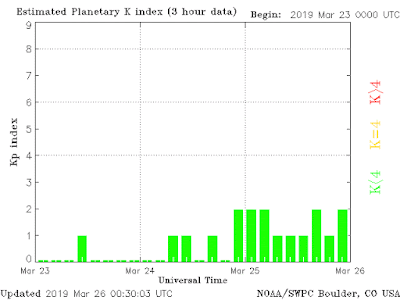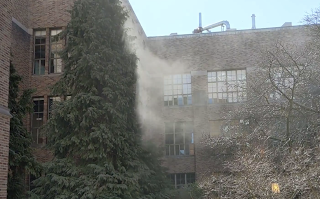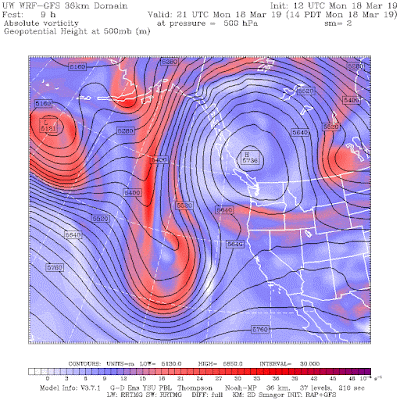Our Orca killer whales and Chinook salmon represent the environmental legacy of our region. Their health and viability are important measures of the quality of our environmental stewardship of the region.
And sadly both are in decline.
The populations of Chinook salmon and SRKW orcas are intertwined, since large Chinook salmon are a primary component of the Orca diet.
Documentation of a reduced Chinook salmon population is found in the Pacific Fishery Management Council
annual report). And as noted in a number of recent stories, the Orca population is declining, with currently only 75 members remaining of the Southern Resident Killer Whale (SRKW) group that visit Puget Sound. Not an historic low, but a substantial decline since the late 1990s.
Politicians and the media, such as the Seattle Times, have given a lot of attention to the declining Chinook/Orca population and have highlighted a number of causes from noisy boats, overfishing, and salmon-blocking dams, to the effects of the BLOB and global warming.
But strangely, these public accounts have not described what may be an important reason for the decline of the Chinook and thus the Orcas, the profound degradation of the coastal environment caused by the large regional shellfish industry.
A shellfish industry that has turned our coastal zones into industrial-scale farming operations for growing non-native shellfish species. A shellfish industry that is spraying pesticides and herbicides over our coastal zone, killing native species such as burrowing shrimp, and denuding the coastal zone of grasses that serve as nurseries for young Chinook salmon and help feed our shorebirds. A shellfish industry that has physically disturbed our shorelines and dispersed plastics and other foreign materials.
As will be described below, there is good reason to believe that the degradation of our coastal ecology by the shellfish industry has undermined the Chinook salmon population and thus harmed the food source of the Orcas.
Although our Orca population spends much of summer and fall in our local waters (the Salish Sea), they range from Monterey, CA to southeast Alaska during the winter and spring (see below). Thus, food availability in nearby locations, such as Willapa Bay, is important.
Aquatic coastal grasses, such as eelgrass, play an essential role for fostering Chinook salmon. There is a deep literature documenting the importance of such grasses for supporting juvenile salmon (examples
here and
here). Young Chinook salmon make use of eelgrass to hide from predators, and to rest and feed while on their migration from freshwater to the sea.
The Eelgrass Meadow by Diana Bressler. The habitat that the shellfish industry is destroying
The shellfish industry finds that aquatic grasses are a hindrance to their non-native shellfish operations and thus have sprayed herbicides on a massive scale over coastal areas such as Willapa Bay. And they have done this with the support of the Inslee administration.
Stunningly, two members of the governor's Orcas taskforce, Department of Fish & Wildlife Director Phil Anderson and State Representative Brian Blake, pushed through approvals to allow the shellfish industry to kill Willapa Bay eelgrasses with the herbicide imazamox from 2011 to 2014.
Large scale spraying began in 2014 under a five-year permit. Applied without state monitoring, and spreading throughout the bay at lethal toxicities,
most eelgrass is gone from this coastal estuary, home to iconic Pacific Northwest species including including Chinook salmon, Chum and Coho, herring, eulachon, steelhead, cutthroat trout, sturgeon and migratory waterfowl. Salmon populations and migratory duck and geese levels have plummeted. In 2018, zero spawning Chinook were found in the Bear River, tributary to Willapa Bay.
The significant and likely permanent loss of Willapa Bay eelgrasses is very likely a cause.
Before and after spraying
At a recent hearing held by Rep. Blake on the request of the shellfish industry to spray pesticides over Willapa Bay, resident Ross Barkhurst described what the defoliation of eelgrasses has done to Willapa Bay (view his testimony
here, go to 1hr 9 minutes):
“We’ve seen, since we started spraying eelgrass, we’ve seen Chinook salmon, chum salmon, waterfowl, the eelgrass that the waterfowl eat and the herring spawning mass--drop precipitously. They show no signs of coming back.”
Eelgrass provides critical habitat for young Chinook salmon
So we have the shellfish industry destroying critical habitat for Chinook salmon, the key food source of Orcas.
This has to stop. And it is extraordinarily disturbing that the current state administration is doing nothing to deal with the problem. Or that some of the media has not taken the time to examine this issue.
Finally, let me note that the local shellfish industry is also pushing to spread a neurotoxin, imidacloprid, over Willapa Bay and Grays Harbor to kill native burrowing shrimp, an important food source of a number of native species (such as sturgeon and gray whales). And again, they appear to have the support of those in the Governor's office.
Let me end by noting that there is an excellent new book that describes the profound negative impacts of the shellfish industry on our coastal areas:
Toxic Pearl. This book is available online (
Orca Books,
Amazon) and in many local bookstores. Anyone worried about our local environmental, Chinook and Orcas should read it.
And then contact your state representatives and the governor to demand the end of spraying herbicides and pesticides over our state waters.

























































